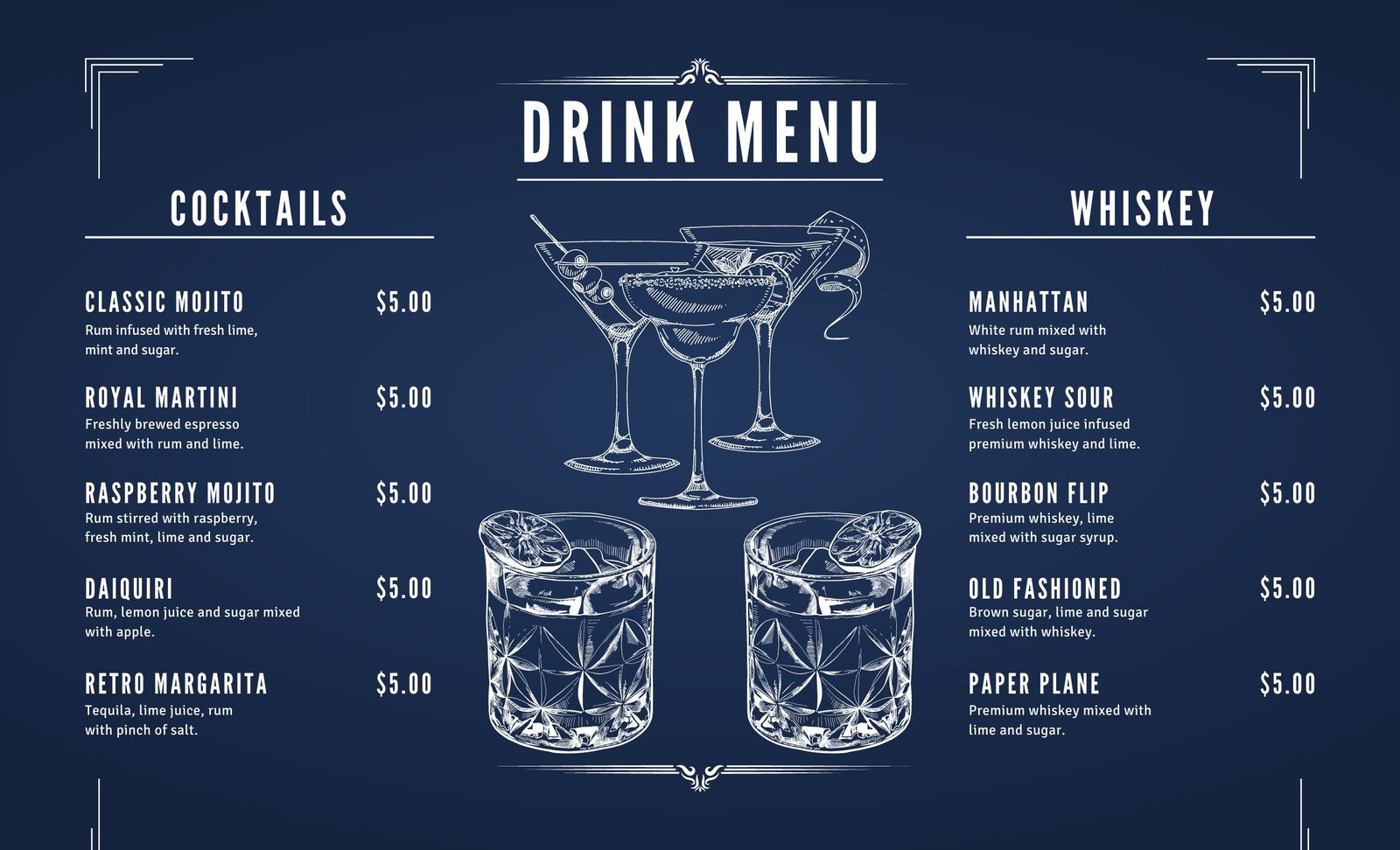Menu Engineering : Maximizing Restaurant Profitability and Customer Satisfaction
In the competitive landscape of the restaurant industry, menu engineering plays a pivotal role in driving profitability and enhancing customer satisfaction. A well-designed menu not only showcases your culinary offerings but also influences purchasing decisions and shapes the overall dining experience. In this blog post, we'll explore key tips and strategies for optimizing menu design, pricing, and item placement to achieve these objectives effectively.
Ready to Elevate Your Restaurant's Menu? Let's get started!
1. Understand Your Customer Base:
Before diving into menu design, it's crucial to have a deep understanding of your target audience. Consider factors such as demographics, preferences, dietary restrictions, and spending habits to tailor your menu offerings accordingly. By aligning your menu with the needs and preferences of your customers, you can enhance their dining experience and increase satisfaction.
Customers may forget what you said, but they'll never forget how you made them feel.
2. Highlight Signature Items:
Every restaurant has its own unique specialties or signature dishes that set it apart from the competition. Highlight these standout items prominently on your menu to capture the attention of diners and entice them to try your most celebrated offerings. Use descriptive language and appealing visuals to showcase the quality and appeal of these signature dishes.
Examples:
- Our famous "Sizzling Garlic Shrimp" served with a zesty lemon aioli.
- Indulge in the savory goodness of our "Grilled Salmon Fillet" glazed with a honey mustard marinade.
- Treat yourself to the ultimate comfort food with our "Truffle Mac and Cheese" made with a blend of gourmet cheeses and truffle oil.
3. Strategic Pricing Strategies:
Pricing is a critical aspect of menu engineering that can significantly impact profitability and customer perception. Employ strategic pricing strategies such as:
- Anchor Pricing: Highlight a high-priced item next to a similar, but lower-priced item to make the latter seem like a better deal.
- Bundle Pricing: Offer combo meals or meal deals to encourage customers to spend more while feeling they are getting added value.
- Psychological Pricing: Use pricing tactics like ending prices in .99 or .95 to create the perception of a lower price.
Conduct market research and analyze competitors' pricing to ensure that your pricing is competitive yet profitable.

Image Credit: Canva
4. Utilize Menu Psychology:
Understanding the principles of menu psychology can help you design a menu layout that encourages upselling and enhances the overall dining experience. Incorporate visual cues such as:
- Bold Fonts: Use bold fonts to draw attention to high-profit items or chef's specials.
- Strategic Placement: Positioning high-profit items strategically on the menu, such as in the top-right corner or in a separate highlighted section.
- Color Psychology: Utilize colors to evoke emotions and guide customers' attention towards certain menu items. For example, use warm colors like red or orange to highlight specials or dishes with higher profit margins.
Additionally, consider employing menu engineering techniques such as:
- Decoy Items: Including a high-profit item next to a similar, but lower-priced item to encourage customers to choose the higher-priced option.
- Menu Item Descriptions: Using enticing descriptions to stimulate appetite and increase sales. For example, describing a dish as "succulent" or "mouth-watering" can make it more appealing to customers.
5. Streamline Menu Offerings:
While offering a diverse selection of dishes can cater to a wider range of tastes, an overly extensive menu can overwhelm customers and dilute the overall dining experience. Streamline your menu offerings by focusing on quality over quantity and eliminating underperforming or low-margin items. A concise and well-curated menu not only simplifies the decision-making process for customers but also reduces operational complexities and food waste.
6. Monitor and Adapt:
Menu engineering is an ongoing process that requires continuous monitoring and adaptation to changing market trends and customer preferences. Regularly analyze:
- Sales Data: Identify top-selling items and adjust menu placement or pricing accordingly.
- Customer Feedback: Listen to customer feedback to understand their preferences and make adjustments to the menu as needed.
- Menu Performance Metrics: Track key metrics such as item profitability and menu item popularity to identify areas for improvement.
Experiment with menu updates, seasonal specials, and limited-time promotions to keep your offerings fresh and engaging. By staying proactive and responsive to customer needs, you can create a menu that maximizes profitability and enhances the overall dining experience for your customers.

